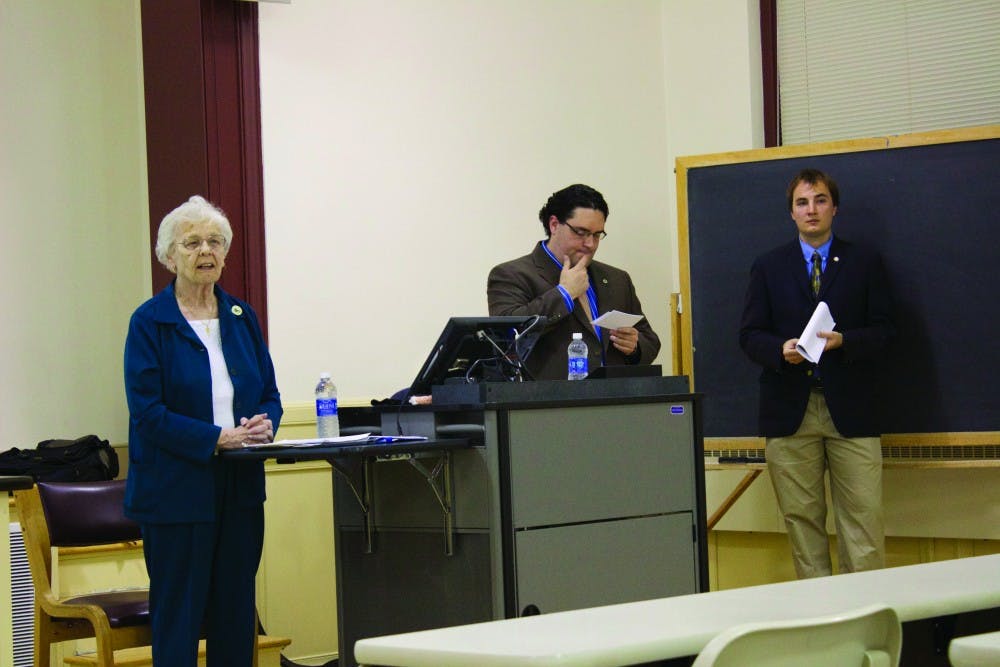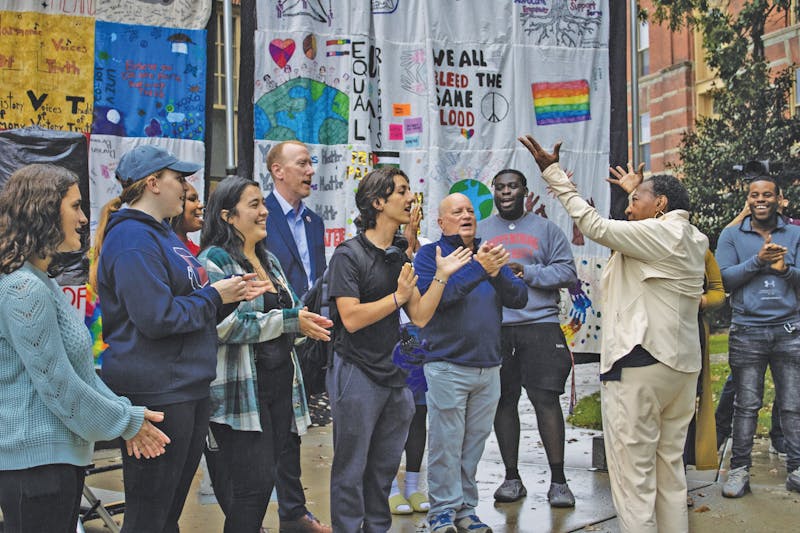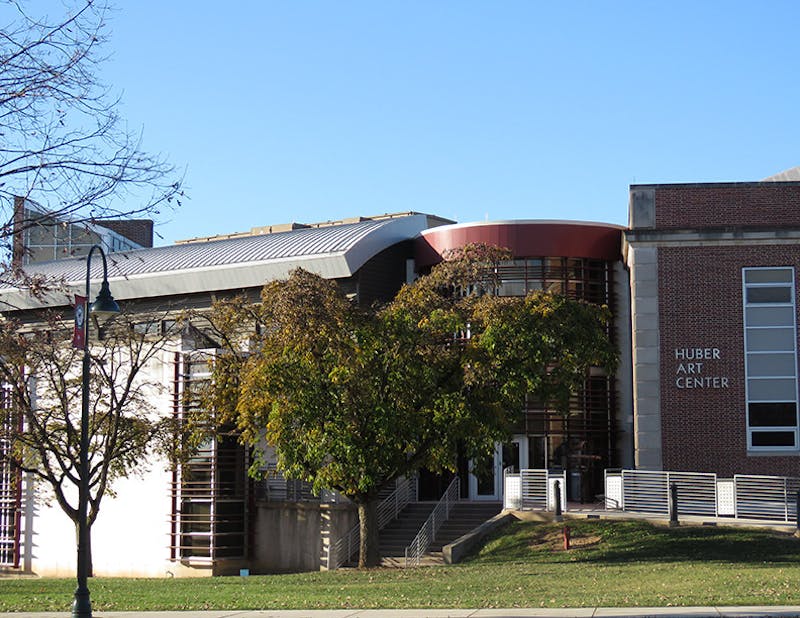Adam Swope, Pennsylvania Field Organizer for Retired Americans, held a panel at Shippensburg University about the future of the state of Social Security on April 3.
Recent rumors of Social Security going broke have been circulating. Swope contests these rumors, insisting that Social Security works. Swope promoted the “Strengthen Social Security Act” as a means to shore up the system for future generations.
Social Security benefits are a crucial income for many older Americans. On average, the 38 million retired workers collect around $1,300 every month in Social Security payouts.
In fact, nearly 38 percent of seniors’ income comes from Social Security benefits.
This “social insurance” has been around since 1935. Lawmakers created the system to halt financial distress in American life, such as poverty and old age. Essentially, it was created to keep those unable to work out of poverty. Since then, Social Security has expanded through periodic changes to cover people with disabilities and to sustain dependent family members.
The idea of Social Security is to tax able workers to support those incapable of working, such as the disabled and the elderly. For Social Security to work, payments into the system must exceed payments out. However, the economy is ever changing.
Demographics shift, and generational populations are not constant.
Times have changed, perhaps beyond the vision of Social Security’s creators. As medicine advances, American’s are living longer than ever. This means that the burden on workers paying into the system is greater than it has ever been.
The Baby Boomer generation is now retiring in droves. Economists wonder how a workforce, abandoned by Baby Boomer workers, will support the retirees. Many express concern that the ratio of workers per retiree is dangerously low. In 1935, there were dozens of workers per retiree. Recently, the ratio lies at about three workers per one retiree.
Swope does not buy into these predictions. In his presentation, “What You Need to Know About Social Security”, he argued that Social Security works. Swope promoted the idea that Social Security should be strengthened instead of being cut.
In his presentation, Swope mentioned the often overlooked $2.7 trillion Social Security surplus balance in the reserve.
According to the current system, the reserve will dry up by 2033. However, even once the reserve is depleted, the system would still be in place and would still cover 78 percent of benefits.
“I think it’s important for people to realize that the trust fund being depleted and the program ending are not the same thing,” Swope said. “But obviously we don’t want the trust fund to be depleted in the first place.”
Swope argued that a solution to Social Security starvation lies in a new piece of legislature.
The “Strengthen Social Security Act,” proposed by Democratic Senator Tom Harkin and Democratic Representative Linda Sanchez, is one way to prevent Social Security from running dry.
The bill institutes a phase out of the payroll cap for the Social Security tax, which is currently set at $117,000.
Under the current system, those making hundreds of thousands of dollars every year pay a maximum of about $7,000 into the system. If passed, everyone would pay a fixed 12.4 percent Social Security tax, including the very wealthy.
According to Swope’s presentation, America without Social Security would result in 55 percent of disabled workers and 47 percent of seniors living below the poverty line of income.




The Slate welcomes thoughtful discussion on all of our stories, but please keep comments civil and on-topic. Read our full guidelines here.